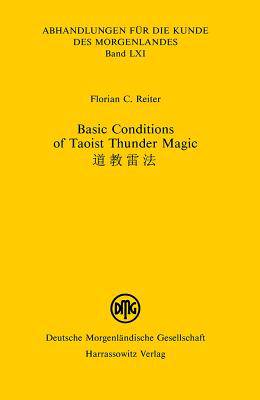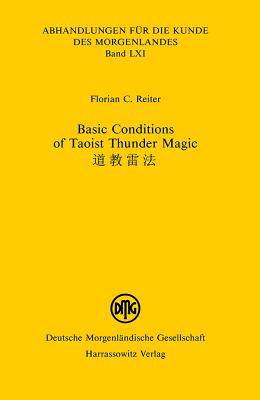
- Afhalen na 1 uur in een winkel met voorraad
- Gratis thuislevering in België vanaf € 30
- Ruim aanbod met 7 miljoen producten
- Afhalen na 1 uur in een winkel met voorraad
- Gratis thuislevering in België vanaf € 30
- Ruim aanbod met 7 miljoen producten
Zoeken
Omschrijving
Basic Conditions of Taoist Thunder Magic presents most basic concepts and practices of Thunder Magic (Wu-lei fa). In the Song period (12th ct.) Wu-lei fa was a label given to a vast section of specialised ritual practices in religious Taoism. These rituals incorporated and continued older exorcist ways and means that were part of the practical range of religious Taoisms, meeting the demands of an agrarian society that suffered from natural disasters (for example droughts and inundations). Thunder specialist were asked to pray for rain or clear skies, disperse demoniac molestations and ensure a harmonious life. The book is largely based on materials attributed to the school of Wang Wen-ch'ing who was a famous promoter of Wu-lei fa at the court of emperor Sung Hui-tsung. Wang Wen-ch' ing and his followers succeeded in combining the southern traditions of internal alchemy (nei-tan) with exorcist practices. These Taoists also attempted to work out and describe the scientific foundation of Thunder Magic rituals (Wu-lei fa) in terms of astronomy and other emblematic expressions. The theoretical and actual sublimation of exorcist practices was in tune with scholarly tendencies and standards of the time. It was also an attempt to gain or bolster official acceptance.
Specificaties
Betrokkenen
- Auteur(s):
- Uitgeverij:
Inhoud
- Aantal bladzijden:
- 135
- Taal:
- Engels
- Reeks:
- Reeksnummer:
- nr. 61
Eigenschappen
- Productcode (EAN):
- 9783447055932
- Verschijningsdatum:
- 30/08/2007
- Uitvoering:
- Paperback
- Formaat:
- Trade paperback (VS)
- Afmetingen:
- 145 mm x 218 mm
- Gewicht:
- 181 g

Alleen bij Standaard Boekhandel
+ 58 punten op je klantenkaart van Standaard Boekhandel
Beoordelingen
We publiceren alleen reviews die voldoen aan de voorwaarden voor reviews. Bekijk onze voorwaarden voor reviews.











